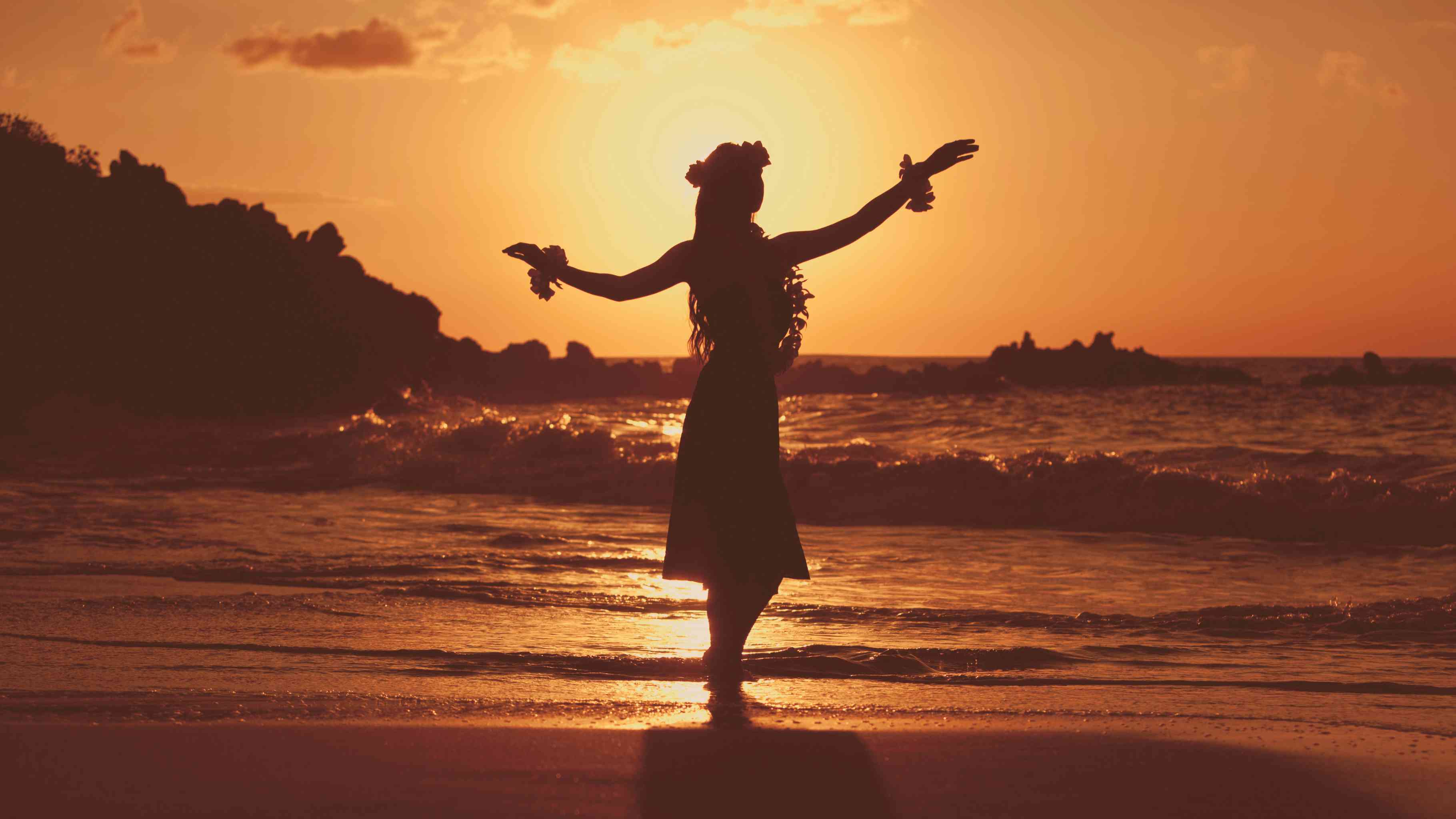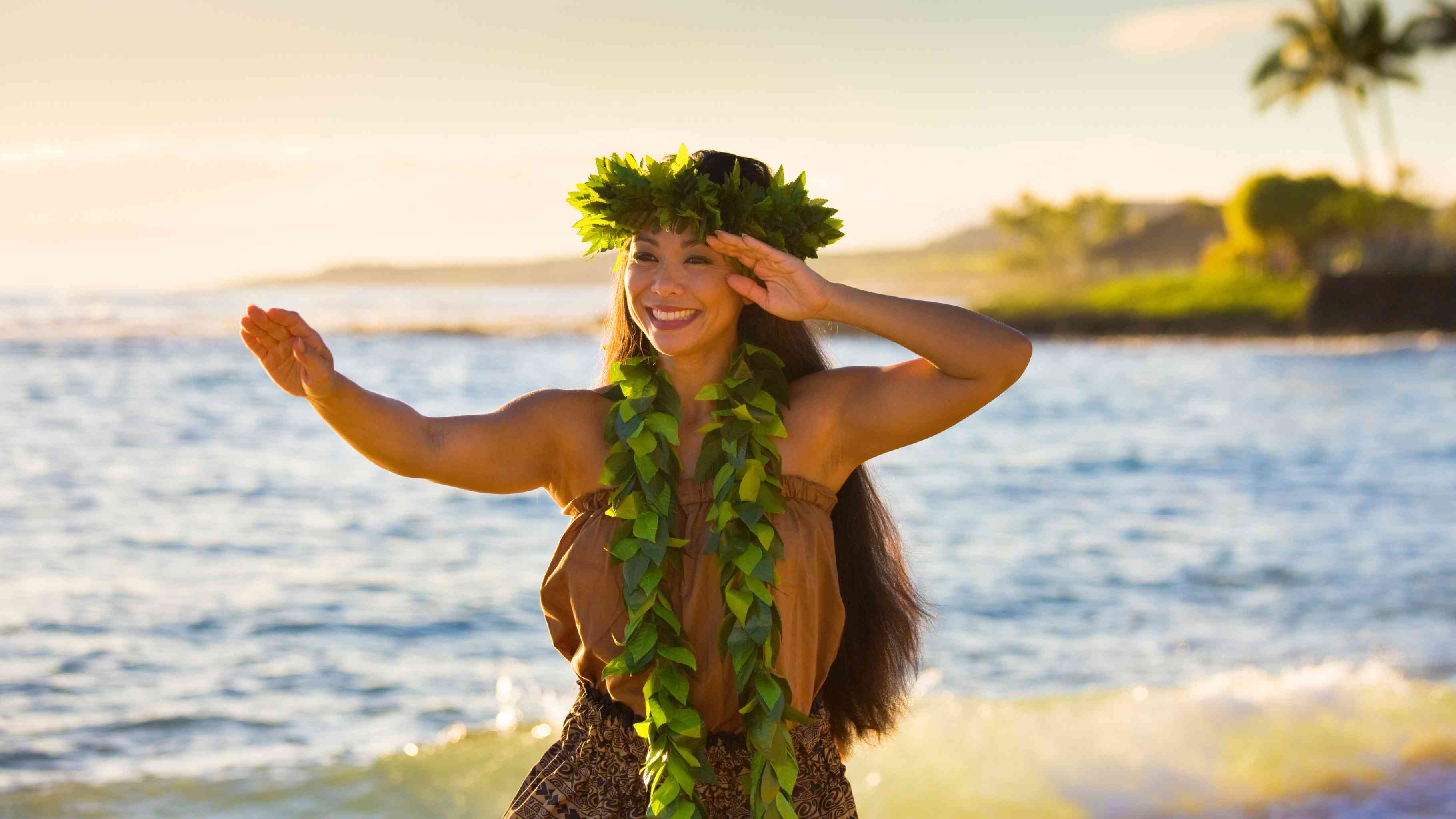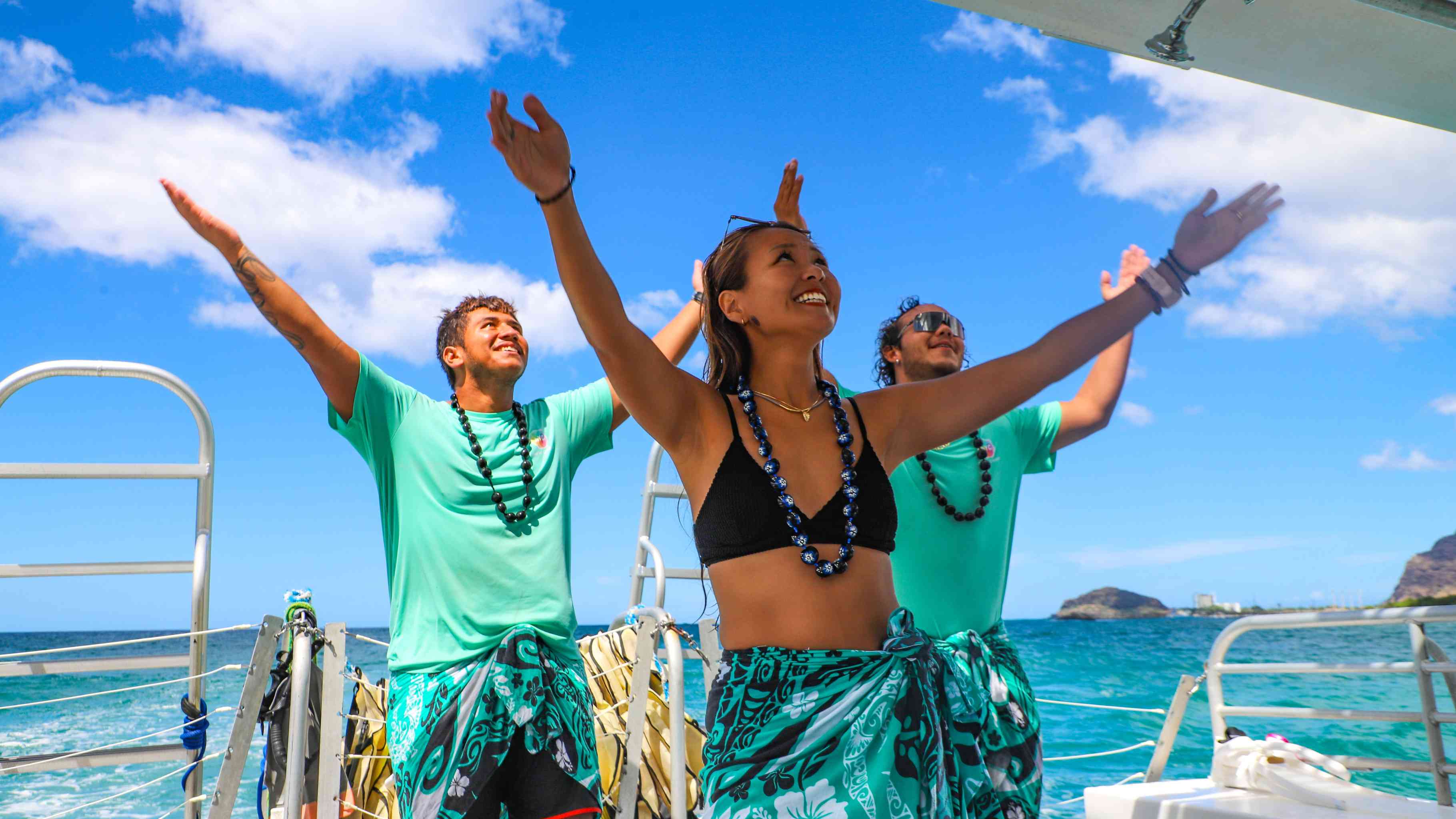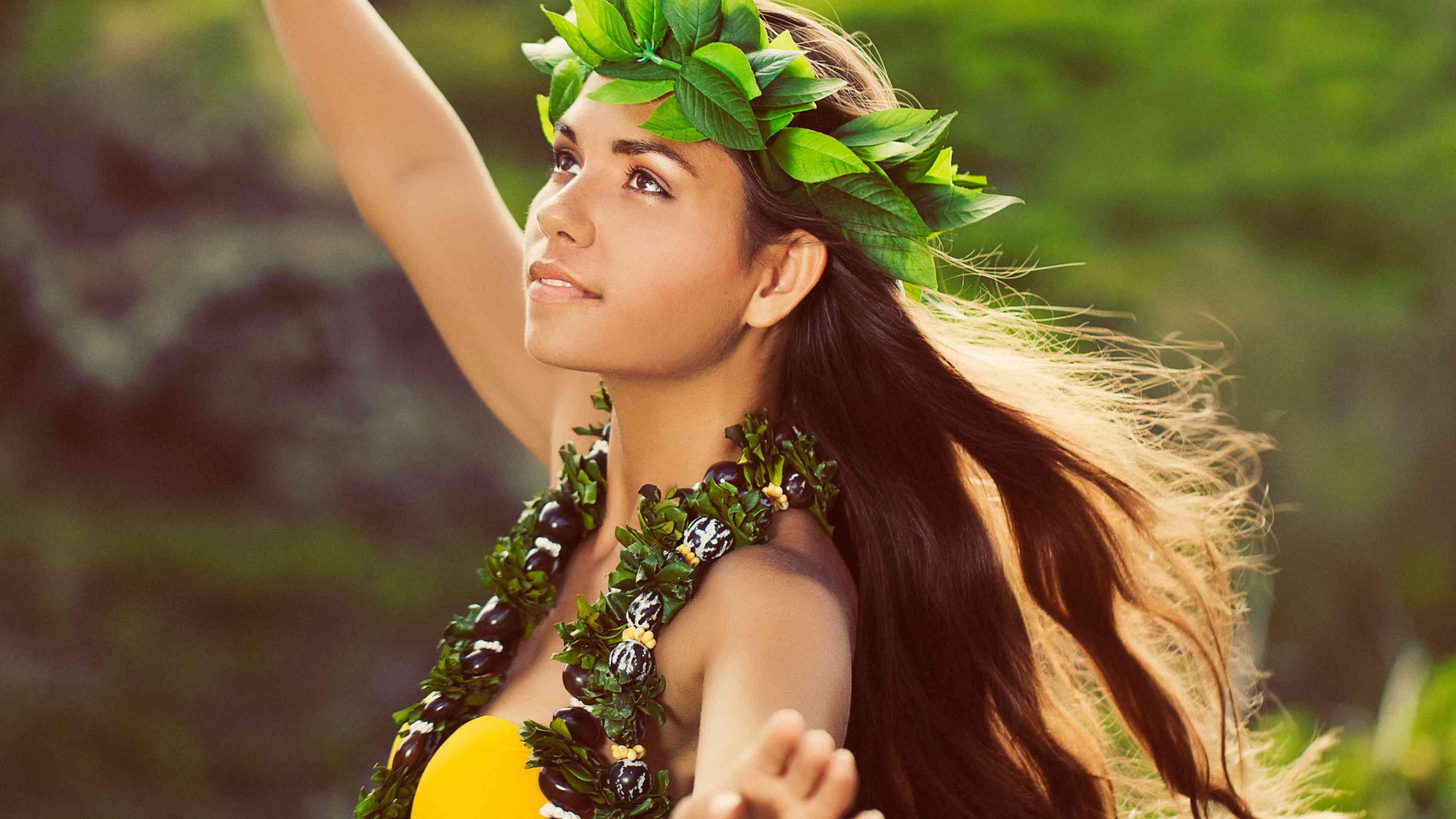 The Origins and Meaning of Hula
The Origins and Meaning of Hula
The origin of hula is wrapped in moʻolelo (legend). Some traditions honor the goddess Laka as the patron of hula; others tell how Hiʻiaka, sister of Pele, danced to honor the gods and heal the land. What’s clear is that hula began as a sacred practice performed in heiau (temples) to preserve genealogy, celebrate aliʻi (chiefs), and transmit knowledge before written language.
To Hawaiians, hula is a language without words: a way to teach respect for the land and sea, to remember origins, and to bind communities through chant and rhythm.
Two Main Styles: Kahiko & ʻAuana
- Hula Kahiko (Ancient): Driven by oli (chants) and traditional percussion like the pahu drum and ipu heke (double gourd). Movements are strong, grounded, spiritual.
- Hula ʻAuana (Modern): Melodic songs with guitar/ʻukulele influences; flowing lines and storytelling for contemporary audiences.
Both protect and share mana (spiritual energy) while expressing aloha ʻāina—love of the land.
Symbols and Gestures in Hula
Hula is a symbolic language of motion, watch the hands:
- Hands circling overhead can represent the sun or heavens.
- Arms sweeping low mimic the ocean rolling to shore.
- Fluttering fingers evoke rain or the rustle of leaves in the wind.
Through these gestures, hula honors nature, shares love stories, and passes sacred myths generation to generation.

Costumes and Instruments
Traditional attire draws from nature: kapa (bark cloth) paʻu skirts, fern and flower garlands, and lei of kukui or maile. Today’s performances may feature colorful fabrics, but the intent is the same—connection to the land.
Listen for distinctive instruments:
- Pahu: Sacred sharkskin drum carved from coconut trunk—deep, resonant heartbeat.
- Ipu Heke: Double gourd that marks rhythm for chants and footwork.
- ʻIliʻili: Smooth stones clicked like castanets to accent movement.
Costume, chant, and percussion together make hula a multisensory ceremony, not just a stage show.
Hula Today: Living Tradition
Hula thrives across Hawaiʻi—from Merrie Monarch Festival in Hilo (often called the “Olympics of Hula”) to local hālau hula (schools) where students learn language, protocol, music, and the stories behind each dance.
For visitors, seeing hula at sea or on a small stage with cultural explanation turns a performance into a meaningful connection with place.
Where to Experience Hula in Oahu
You don’t need to wait for a luau. Many eco-friendly tours on Oahu include live hula by crew who share the meaning behind the moves—so you understand what you’re seeing, not just watching it.

Dolphins and You
A West Oahu ocean day blending dolphin watching from the boat with a cheerful hula moment onboard. Between sparkling coastlines and spinner dolphins (wildlife not guaranteed), you’ll feel the rhythm of Hawaiian culture at sea.
Turtles and You
After snorkeling with honu (Hawaiian green sea turtles) at Turtle Canyon, celebrate with music and hula on deck. It’s marine adventure + cultural immersion in the heart of Waikiki.
Whales and You
In winter (Dec–Mar), humpbacks visit Oahu’s south shore. Between sightings, the crew offers hula as a tribute to the ocean and its majestic visitors—an unforgettable moment of aloha on the water.
Quick FAQs About Hula
What does hula mean in Hawaiian culture?
Hula is storytelling, prayer, and history through movement. Each gesture corresponds to elements of nature, people, and places—preserving knowledge across generations.
What is the difference between Hula Kahiko and Hula ʻAuana?
Kahiko is ancient, chant-driven, with traditional percussion and grounded energy. ʻAuana is modern, melodic, influenced by guitar/ʻukulele, and often performed for visitors—both carry the same cultural heart.
Feel the Spirit of Hula
On your next trip, don’t just watch—feel it. Join a cultural eco-tour that pairs the ocean’s wonder with stories of the islands:












